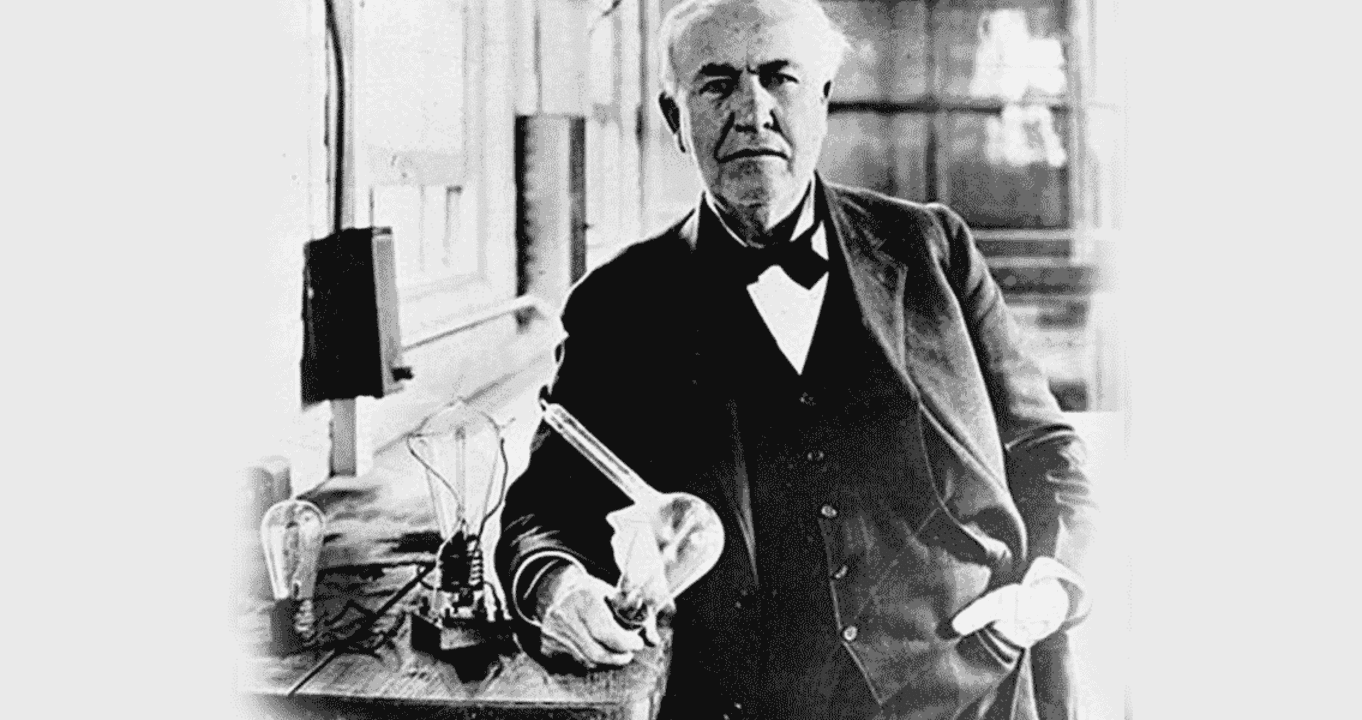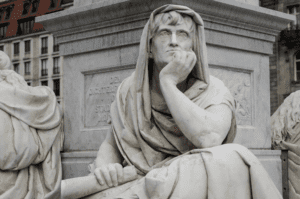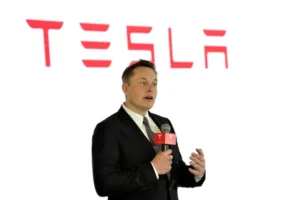Ever felt like a failure? Like you’ve messed up one too many times and success is a distant dream? Well, guess what? Even the most celebrated inventor of all time, Thomas Edison, knew a thing or two about failure. In fact, he embraced it. He once famously quipped, “I have not failed. I’ve just found 10,000 ways that won’t work.”
Edison’s journey is a testament to the power of perseverance, resilience, and a sprinkle of good old-fashioned stubbornness. This guy didn’t just invent the light bulb, phonograph, and motion picture camera. He revolutionized the way we live, work, and play. And he did it all while racking up a failure count that would make most of us want to crawl under a rock.
But here’s the twist: Edison didn’t see those 10,000 “failed” experiments as setbacks. He saw them as 10,000 lessons learned. He embraced them, dissected them, and used them as stepping stones on his path to greatness.
So, grab a cup of coffee (or tea, if you’re feeling fancy), and let’s dive into the electrifying story of Thomas Edison – the man who taught us that failure isn’t the opposite of success, it’s part of the process.
The Curious Kid Deemed “Addled”
Edison’s story begins in 1847, in the small town of Milan, Ohio. As a child, he was anything but ordinary. He was a whirlwind of energy and curiosity, constantly asking questions that his teachers couldn’t answer. His mind was a sponge, soaking up information from every source he could find, from books to newspapers to the natural world around him.
However, his unconventional approach to learning didn’t sit well with his teachers. After just three months of formal schooling, Edison was labeled “addled” (aka slow) and sent home to be homeschooled by his mother.
But Edison’s mother, Nancy, saw something special in her son. She recognized his insatiable thirst for knowledge and nurtured it with unwavering support. Their home became a haven for learning, filled with books on science, history, and literature. She encouraged him to think for himself, to experiment, and to never stop questioning.
Young Thomas turned his family’s basement into a makeshift laboratory, filled with chemicals, batteries, and wires. He conducted countless experiments, some successful, many not, but each one fueled his insatiable thirst for knowledge and laid the foundation for his future as an inventor.
From Newsboy to Night Owl: Edison’s Entrepreneurial Spirit
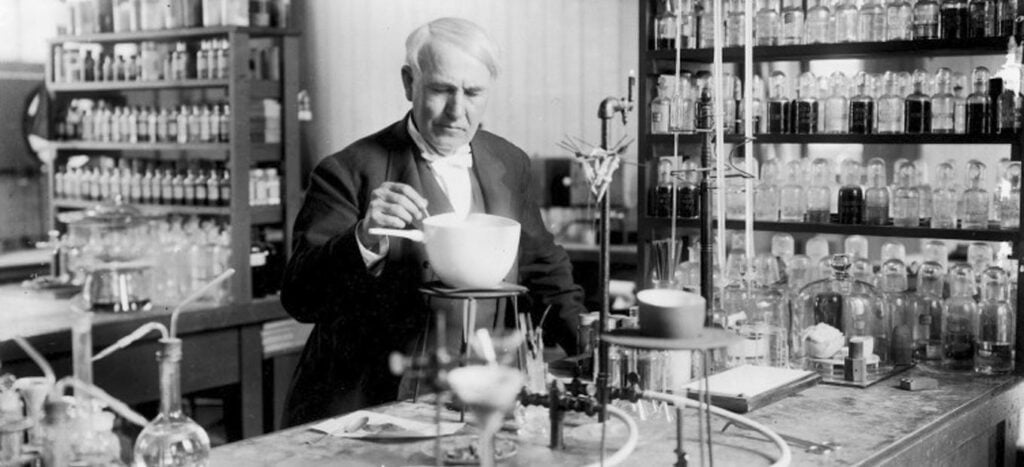
At the age of 12, Edison embarked on his first entrepreneurial venture – selling newspapers and candy on a train. But this wasn’t just a job for him; it was an opportunity to learn, to interact with people from all walks of life, and to continue his relentless pursuit of knowledge.
He even set up a small laboratory in the baggage car, where he conducted experiments and read voraciously. He used his earnings to purchase chemicals and equipment for his experiments, demonstrating his resourcefulness and drive even at a young age.
Edison’s experience as a newsboy taught him valuable lessons about business, communication, and the importance of hard work. It also instilled in him a strong sense of independence and self-reliance, qualities that would serve him well throughout his career.
10,000 Lessons Learned: The Power of Persistence in the Face of Failure
Edison’s most famous quote, “I have not failed. I’ve just found 10,000 ways that won’t work,” perfectly encapsulates his unique perspective on failure. He didn’t see setbacks as roadblocks, but rather as valuable learning experiences.
His relentless pursuit of the perfect light bulb filament is a prime example. He and his team tested thousands of materials, facing countless failures before finally achieving success with a carbonized bamboo filament. But Edison didn’t view those 10,000 failed attempts as wasted effort; he saw them as 10,000 steps closer to the solution.
This mindset, now often referred to as “failing fast,” is embraced by innovators and entrepreneurs today. It’s about recognizing that failure is not the opposite of success, but rather a crucial part of the process. It’s about having the courage to try, to experiment, and to learn from your mistakes.
In the words of Edison himself, “If we all did the things we are capable of doing, we would literally astound ourselves.”
The Wizard of Menlo Park: Where Innovation Came to Life
[Image: A panoramic view of Edison’s Menlo Park laboratory, bustling with activity and showcasing various inventions]
In 1876, Edison established his legendary research laboratory in Menlo Park, New Jersey. It was here, surrounded by a team of brilliant minds, that he churned out a mind-boggling array of inventions. The phonograph, the motion picture camera, the carbon microphone – all these and more were born in this “invention factory.”
Menlo Park wasn’t just a lab; it was a testament to Edison’s collaborative spirit and his belief that innovation is a team sport. It was a place where ideas were nurtured, experiments were conducted, and the impossible became possible.
Edison’s approach to innovation was as groundbreaking as his inventions themselves. He believed in a systematic, iterative process, constantly testing and refining his ideas until they were perfected. This approach, now widely adopted in various industries, revolutionized the way we approach problem-solving and invention.
Illuminating the World: The Light Bulb and Beyond
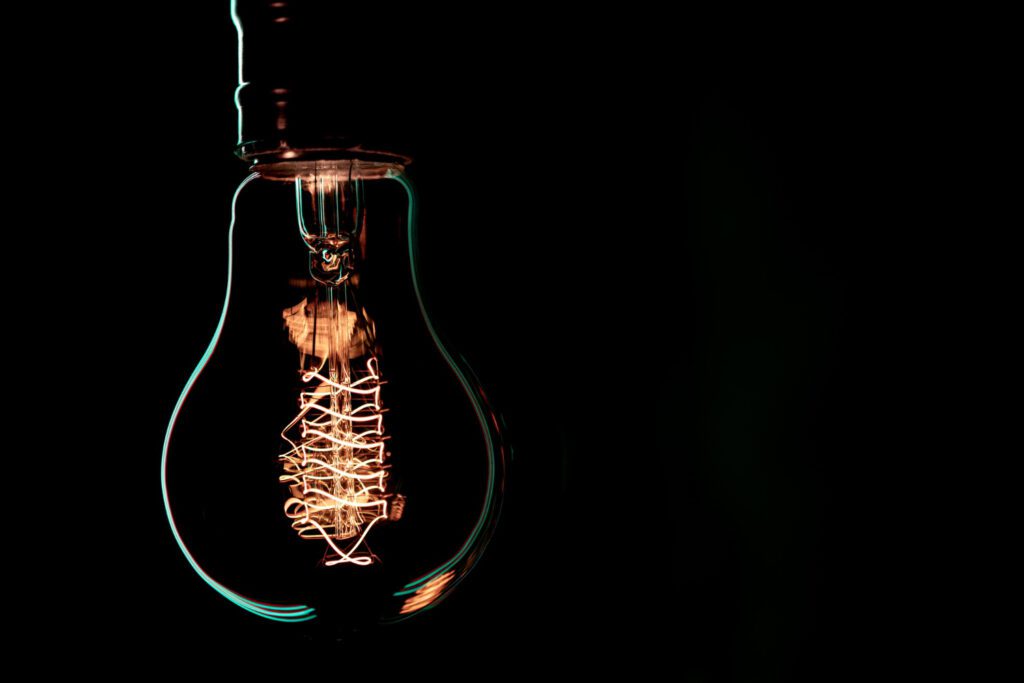
Edison’s most famous invention, the incandescent light bulb, wasn’t just a source of light – it was a revolution. It illuminated homes, businesses, and streets, transforming the way people lived and worked. But the light bulb was just the beginning.
Edison and his team at Menlo Park went on to develop a staggering array of inventions that changed the world. They invented the phonograph, which allowed people to record and playback sound for the first time. They created the motion picture camera, which paved the way for the film industry and a new form of entertainment. They even developed the carbon microphone, which significantly improved the quality of telephone communication.
Each of these inventions was a testament to Edison’s relentless pursuit of knowledge and his unwavering belief in the power of technology to improve people’s lives.
Sparks of Genius: Edison’s Most Impactful Creations
Edison’s relentless drive wasn’t just about inventing; it was about solving problems and improving lives. Let’s take a closer look at some of his most impactful creations:
- The Incandescent Light Bulb (1879): This wasn’t just a light bulb; it was a revolution. Before Edison’s invention, homes and businesses were lit by candles, gas lamps, and other inefficient methods. The incandescent bulb brought affordable and reliable lighting to the masses, extending the workday, transforming nightlife, and fundamentally changing the way people lived.
- The Phonograph (1877): Imagine a world without recorded music. That was the reality before Edison’s phonograph. This groundbreaking device allowed people to record and playback sound for the first time,pen_spark sparking a revolution in the music industry and paving the way for modern audio technology.
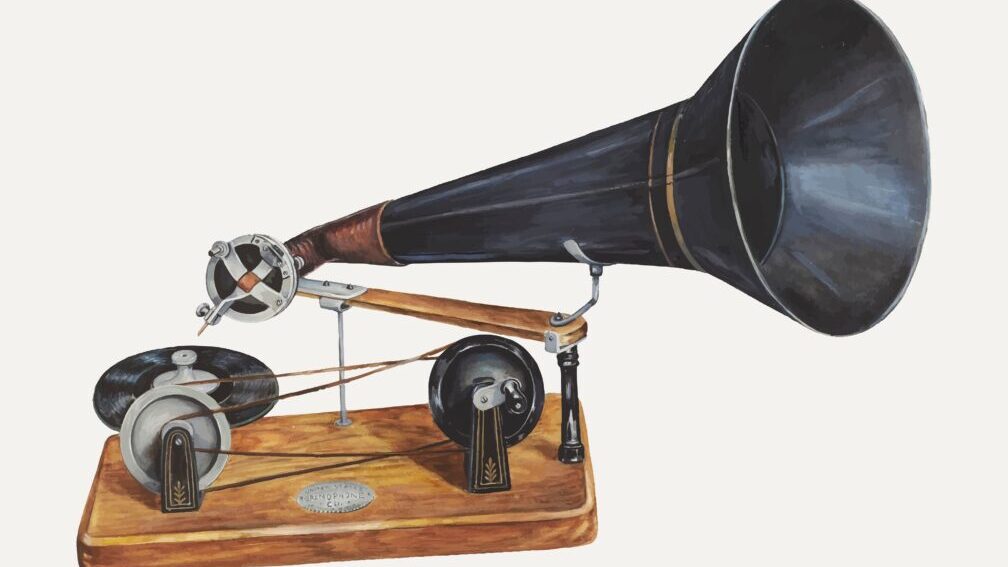
- The Motion Picture Camera (1891): Edison’s work in motion pictures laid the foundation for the film industry as we know it. His Kinetoscope, a peephole viewer for short films, and his Vitascope, a projector for larger audiences, were instrumental in the early days of cinema.
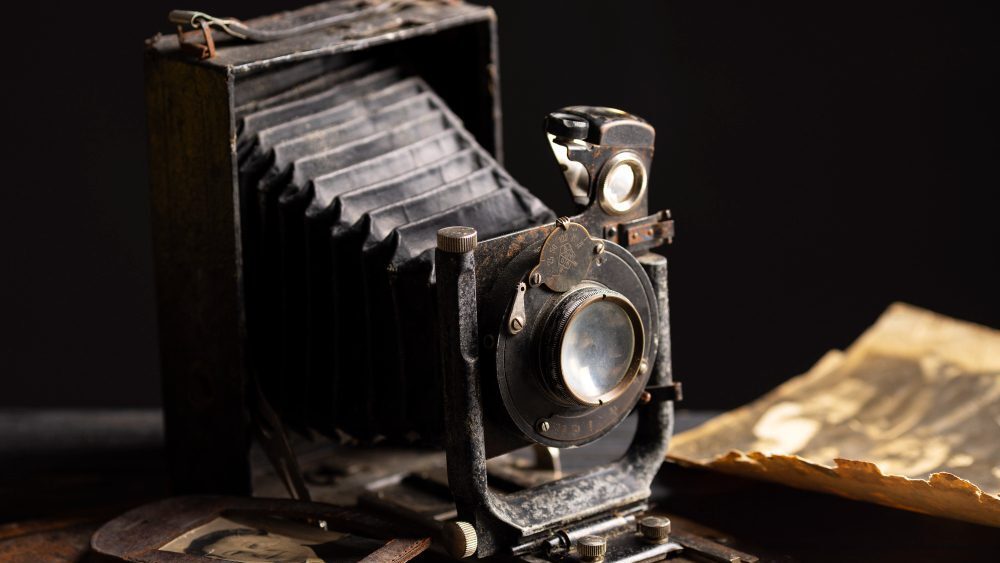
- The Carbon Microphone (1877): This invention significantly improved the quality of telephone communication by amplifying sound waves. It was a critical component in the development of the modern telephone system and made long-distance communication more reliable and efficient.
- The Alkaline Storage Battery (1901): Edison’s storage battery was a major advancement in energy storage technology. It was more reliable and longer-lasting than previous batteries, paving the way for its use in electric vehicles and other applications.
A Legacy of Resilience: Edison’s Enduring Lessons
Edison’s impact extended far beyond his inventions. His relentless work ethic, unwavering optimism, and ability to learn from failure have inspired generations of innovators, entrepreneurs, and creative thinkers.
He wasn’t just an inventor; he was a cultural icon, a symbol of American ingenuity and the power of the human spirit to overcome adversity. He demonstrated that with enough determination, creativity, and a willingness to embrace failure, we can all achieve great things.
Book Recommendation:
If you’re looking for a deeper dive into Edison’s fascinating life and groundbreaking work, I highly recommend the book “Edison: A Biography“ by Matthew Josephson. It’s a captivating read that paints a vivid portrait of the man behind the inventions, exploring his struggles, triumphs, and the enduring impact of his legacy.
Conclusion: Embrace Your Inner Edison
Thomas Edison’s story isn’t just a historical account of a brilliant inventor; it’s a timeless lesson in perseverance, resilience, and the transformative power of failure.
The next time you’re faced with a setback or feel like giving up, remember Edison’s 10,000 “failed” experiments. Remember his unwavering belief that “our greatest weakness lies in giving up. The most certain way to succeed is always to try just one more time.”
Embrace your failures, learn from your mistakes, and never stop trying. The Edison within you is waiting to be unleashed.
Additional Resources:
- The Thomas Edison Center at Menlo Park: https://www.menloparkmuseum.org/
- The Edison Papers Digital Edition: https://edison.rutgers.edu/
Remember, you have the power to create, innovate, and make a difference in the world. Just like Edison, your journey starts with a single step – and perhaps a few failures along the way. So, go out there and light up the world with your own unique brilliance!

